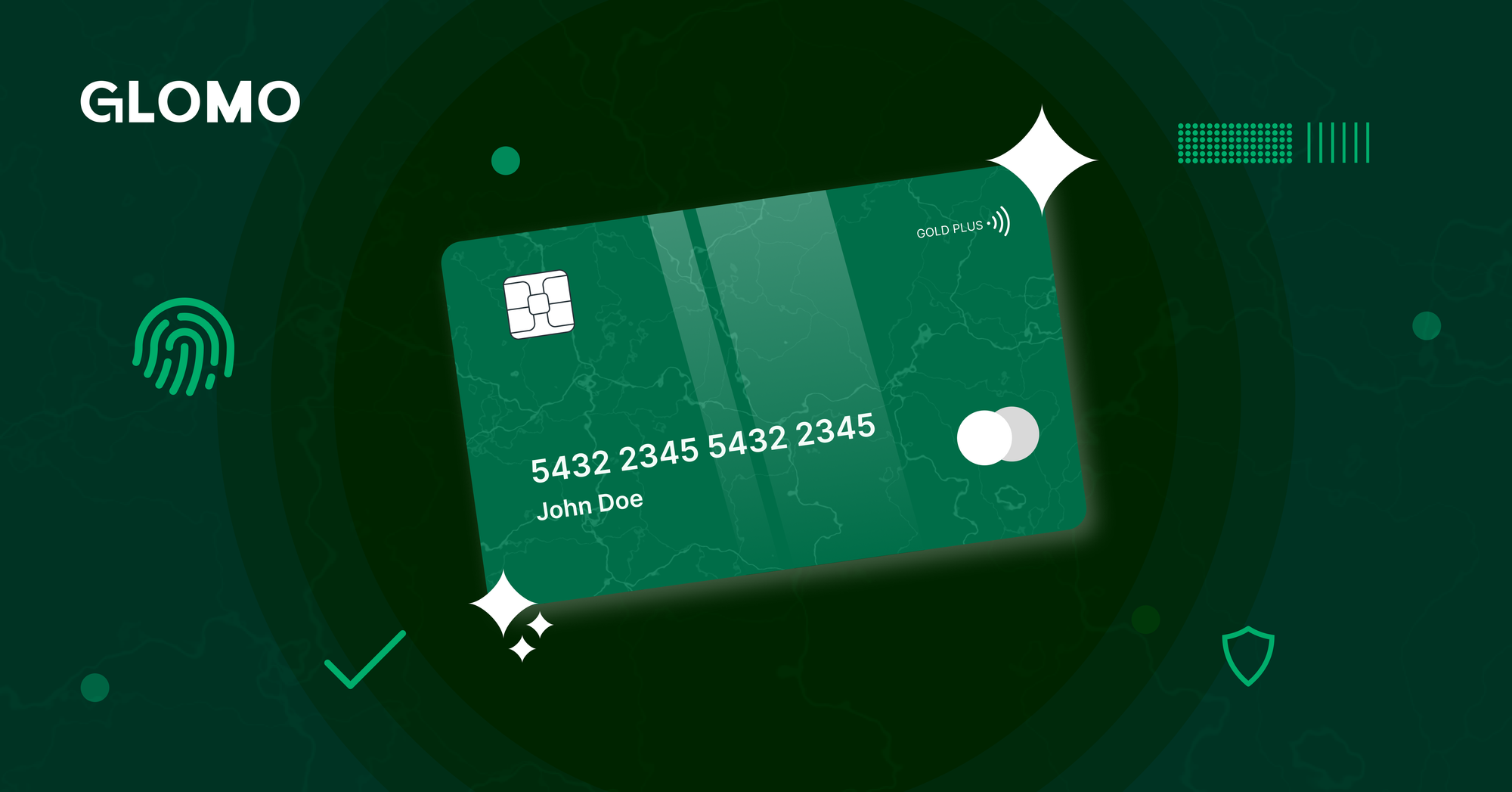Card 3-D Secure (3DS2) Explained: What Product Teams, Banks, and Cross-Border Partners Need to Know
3DS2 is the industry's answer to rising fraud and one-tap expectations, balancing global compliance (PSD2/RBI) with a frictionless, intelligent checkout experience.

Online card fraud keeps rising while customers expect one-tap checkouts. 3-D Secure (3DS2) is how the industry squares that circle: it moves authentication closer to the bank, adds risk-based intelligence, and when done right, keeps good customers flowing while bad actors hit a wall.
In this post, we’ll unpack what 3-D Secure (3DS) more specifically, 3DS2 (Three-Domain Secure 2.0) is, why it matters, its benefits and challenges, and what every fintech product manager or payments partner should know when building global payment experiences.
What is 3-D Secure?
3-D Secure (3DS) is an industry standard for cardholder authentication in online card-not-present (CNP) transactions.
The “three domains” refer to:
- The Issuer domain – the bank that issued the card.
- The Acquirer domain – the merchant’s bank or payment processor.
- The Interoperability domain – the network that connects them (Visa, Mastercard, etc.).
Originally developed by Visa and later adopted by other schemes, 3DS adds an extra verification step to ensure that the person making a transaction is the legitimate cardholder.
3DS1, launched in the early 2000s, relied heavily on static passwords and redirects. This often disrupted the checkout experience.
3DS2, the newer version, introduced a mobile-first, data-rich, and frictionless experience using over a hundred data points to assess risk and trigger authentication only when necessary.
It also supports biometric and app-based approvals, making it much smoother for users.
Why is 3DS Needed?
1. Rising Fraud Risks
As eCommerce and digital payments exploded, so did card-not-present fraud. Without physical card verification, merchants face significant exposure to stolen card details, chargebacks, and financial losses.
3DS shifts much of that liability to issuers when authentication succeeds incentivising adoption across markets.
2. Regulatory Mandates
Regions like Europe and India have made strong customer authentication (SCA) mandatory for online payments.
- In the EU, the PSD2 regulation requires multi-factor authentication for most digital transactions.
- In India, the RBI’s two-factor authentication rule has long been in place, and newer frameworks (effective 2026) extend to cross-border CNP transactions as well.
For fintechs and global merchants, 3DS2 ensures compliance across markets while maintaining a unified customer experience.
3. Consumer Trust
When users see secure authentication flows like Visa Secure, Mastercard Identity Check, or Amex SafeKey, it reinforces confidence that their payment details are protected an essential trust factor in cross-border payments.
Key Benefits of 3DS2
1) Reduced Fraud – By analyzing behavioral and contextual data (device info, transaction history, location, etc.), issuers can make better risk decisions and block fraud in real time.
2) Frictionless Experience – Most transactions are approved without any extra step if risk is low, keeping conversion rates high.
3) Better Authorization Rates – When issuers authenticate confidently, merchants see fewer declines and higher success rates.
4) Regulatory Compliance – Supports PSD2 in Europe, RBI mandates in India, and other global standards automatically.
5) Enhanced Data Sharing – 3DS2 exchanges richer data between merchants and issuers, improving future fraud models and user trust.
Common Challenges and Trade-offs
While 3DS2 is a major improvement over its predecessor, it’s not without challenges:
⚠️ Friction at Checkout – Poorly optimized flows, SMS delays, or slow issuer responses can still lead to drop-offs.
⚠️ Fragmented Adoption – Some banks or markets haven’t fully implemented 3DS2 yet, leading to fallback to 3DS1 or failed authentications.
⚠️ Integration Complexity – Product teams must handle multiple versions (2.1, 2.2, 2.3) and coordinate with PSPs, acquirers, and issuers.
⚠️ Cross-Border Variability – Authentication rules differ by geography and card origin. Fintechs dealing with cross-border payments must carefully map flows to avoid compliance issues and optimize for each market.
Best Practices for Fintech and Product Teams
- Adopt risk-based authentication: Work with your payment partners to decide when to trigger 3DS challenges versus frictionless approval.
- Send complete transaction data: The more context the issuer gets, the higher the frictionless approval rate.
- Embrace biometrics: Encourage issuers and users to move toward app-based or biometric authentication instead of SMS OTPs.
- Monitor your metrics: Track authentication success, abandonment rates, issuer-wise performance, and soft declines.
- Stay compliant globally: Align your flows with both PSD2 SCA and RBI 2FA requirements for cross-border commerce.
In Summary
3-D Secure 2.0 represents the industry’s best attempt to balance security, compliance, and customer experience.
For fintechs and payment innovators, it’s not just a regulatory checkbox, it’s a strategic enabler for global growth.
The goal isn’t simply to “add an extra step.” It’s to make authentication intelligent, invisible, and interoperable so customers can pay anywhere, securely and seamlessly.
At Glomo, we work with partners across banks, payment providers, and global merchants to simplify cross-border transactions — helping them integrate secure and compliant authentication frameworks like 3DS2 without compromising experience.
Want to learn more about how 3DS2 impacts cross-border payment flows or how to optimize your global checkout experience?
Reach out to us or DM our team, we’d love to talk.
